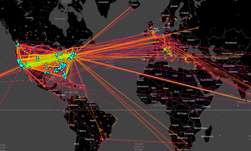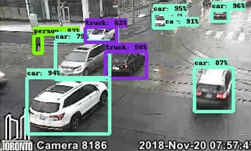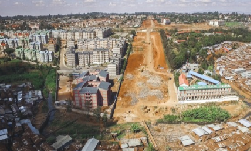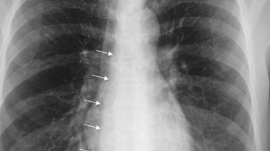According to UNICEF, 1.2 million children are trafficked every year. To help identify and rescue victims of trafficking, researchers from George Washington University, Adobe, and Temple University released a new dataset called Hotels-50K and developed an AI-based algorithm that can be used to identify possible locations of where children are being held.
“Recognizing a hotel from an image of a hotel room is important for human trafficking investigations,” the researchers stated in a paper recently published on ArXiv. “Images directly link victims to places and can help verify where victims have been trafficked.”
The idea is to help law enforcement and relief organizations pick out a specific hotel room and use the images to attempt a rescue.
Starting in 2016 the team collected over one million images from over 50,000 hotels, which can then be matched with online ads posted by traffickers, who frequently take photos of their victims in hotel rooms.
The baseline approach developed by this team is currently in use by human trafficking investigators with the National Center for Missing and Exploited Children (NCMEC), a U.S. based nonprofit involved in fighting child trafficking.
The app, TraffickCam, can be used by anyone to help improve the algorithm. So far over 150,000 people all over the world have taken photos of their hotel rooms and submitted them via the app.
“These images include professionally captured photographs from travel websites and crowd-sourced images from a mobile application, which are more similar to the types of images analyzed in real-world investigations,” the researchers stated in their paper.
Using NVIDIA Tesla GPUs with the cuDNN-accelerated TensorFlow deep learning framework, the researchers trained a convolutional neural network, based on ResNet 50, to identify the hotel in images taken in hotel rooms.
“Hotel recognition can be framed as both a classification task (i.e., predict the label given the image) and a retrieval task (i.e., find the most similar database images to a query). The evaluation suite for Hotels-50K supports both variants,” the researchers said.
In addition to the paper, the researchers have also made their code publicly available on GitHub.
“We are hoping to scale up the volume of data that we train on by a factor of 10,” said Abby Stylianou, co-author of the paper. By adding more training data and using GPU resources on the cloud, organizations like NCMEC could run queries on all of their archived investigative images.










